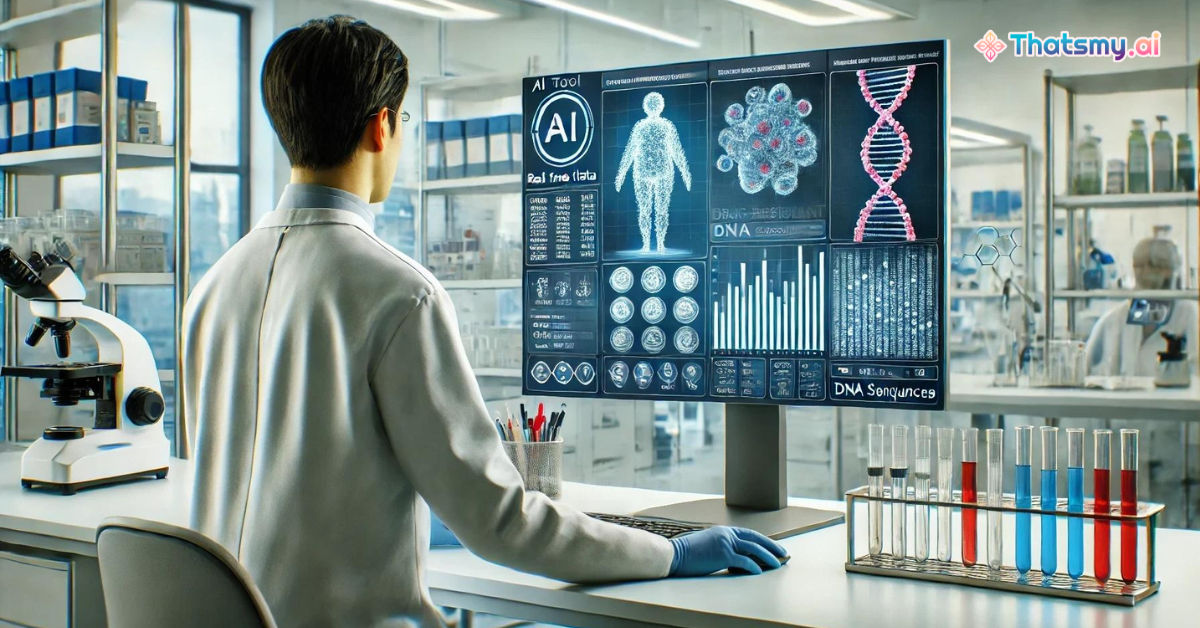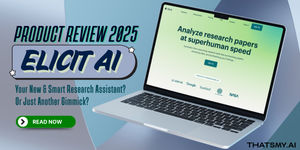Cambridge researchers have developed a machine learning tool that can detect drug-resistant Salmonella Typhimurium in just six hours, significantly faster than the traditional 24-hour testing period. This innovative approach uses a machine learning algorithm to analyze bacterial images, identifying resistance based on subtle features. Although promising, the technology faces challenges in clinical implementation due to its complexity and cost. Researchers are working on refining the process for broader use, with potential to greatly improve patient care and treatment efficacy.

Scientists from the University of Cambridge have developed a cutting-edge machine learning tool capable of identifying drug-resistant bacteria, significantly reducing detection time compared to traditional methods. The tool specifically targets the Salmonella Typhimurium (S. Typhimurium) bacterium, which causes severe gastrointestinal illnesses that can be life-threatening if untreated.
Traditionally, detecting antibiotic resistance in bacteria involves culturing samples in the presence of antibiotics, a process that takes about 24 hours. However, the new machine learning algorithm can make accurate predictions in just six hours by analyzing microscopy images of the bacteria. This rapid identification allows for faster treatment, improving patient outcomes.
Algorithm Efficiency: The machine learning tool identifies subtle features on bacterial isolates that indicate drug resistance, something human operators might miss. This allows the system to distinguish between antibiotic-susceptible and resistant strains with high accuracy.
Health Implications: S. Typhimurium is increasingly resistant to ciprofloxacin, a common antibiotic. Rapid detection of resistance can guide more effective treatments, reducing the severity and spread of infections.
Research Publication: The findings were detailed in the journal Nature Communications, highlighting the potential of machine learning in medical diagnostics.
Despite its promise, the implementation of this technology in clinical settings faces significant challenges. The process is complex and costly, making widespread adoption difficult at present. However, researchers are optimistic about refining the technique. They plan to work with larger bacterial collections to streamline the identification process further.
Sushmita Sridhar, a postdoctoral researcher involved in the project, emphasized the potential of single-cell resolution imaging in predicting drug resistance. While not yet universally deployable, this approach shows that machine learning can effectively analyze bacterial shapes and structures to determine resistance.
The development of this AI tool represents a significant advancement in the fight against antibiotic-resistant bacteria. By cutting down detection times from 24 hours to just six, this technology promises to improve patient care and response times significantly. Ongoing research and improvements could soon make this a standard tool in clinical diagnostics, marking a pivotal step forward in medical science.
Sign up to gain AI-driven insights and tools that set you apart from the crowd. Become the leader you’re meant to be.
Start My AI Journey
ThatsMyAI
20 March 2025

ThatsMyAI
7 March 2025